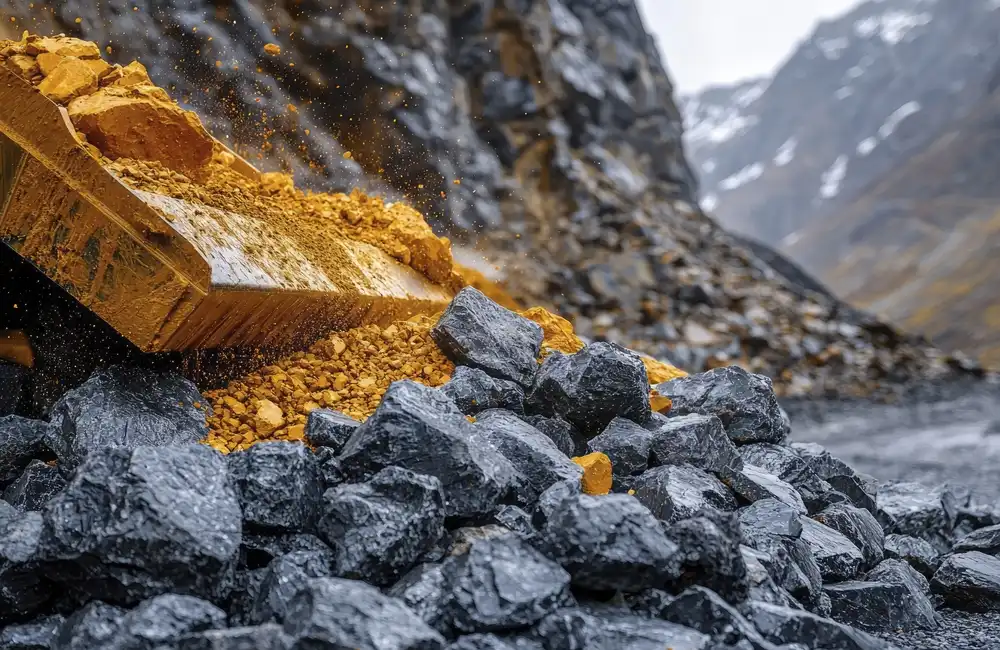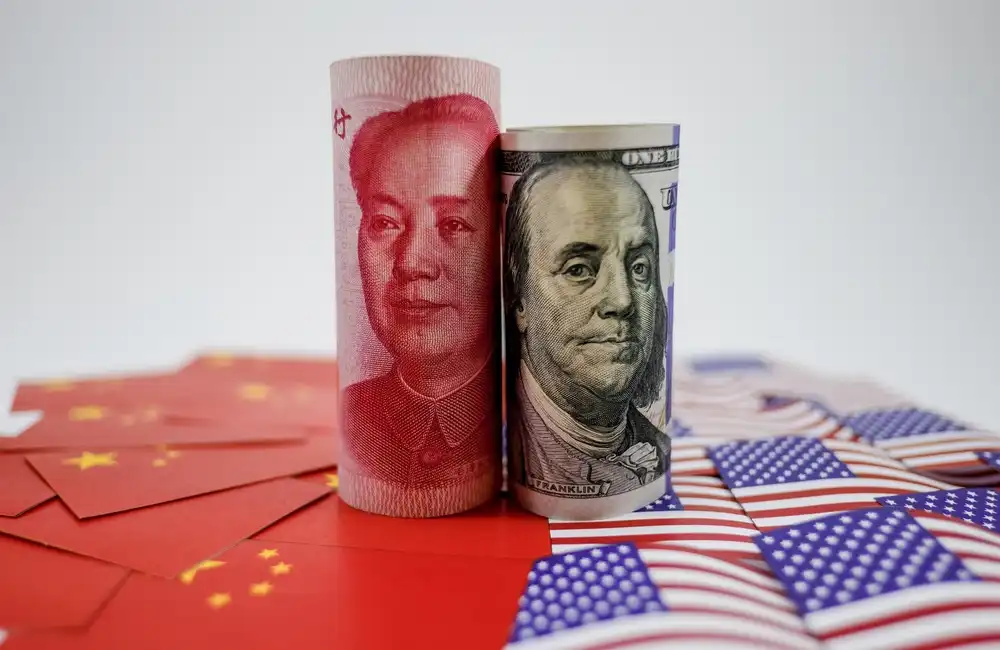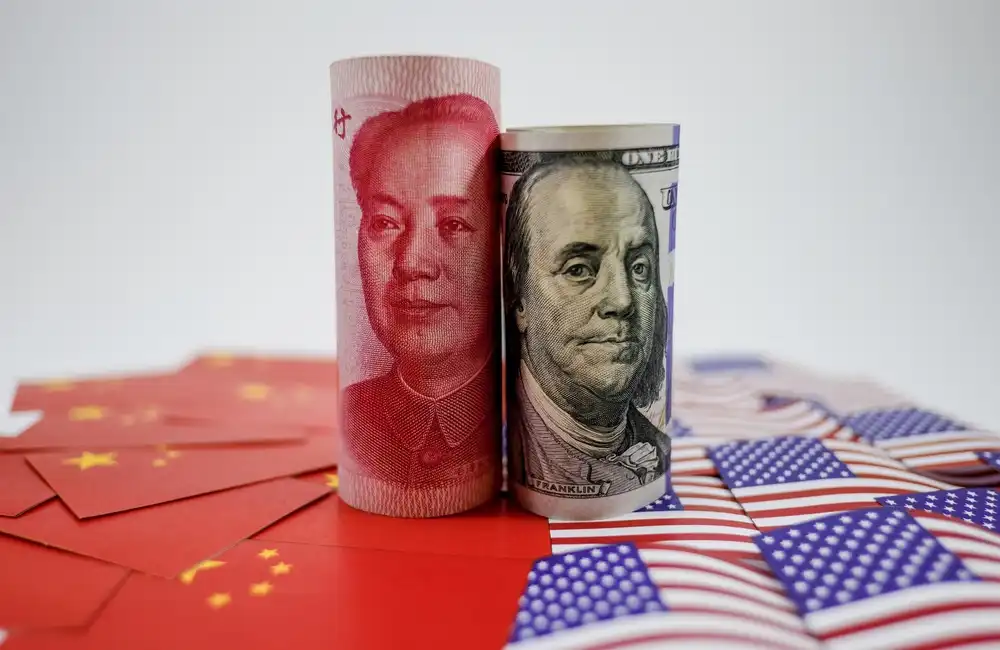Glencore, one of the world's leading diversified natural resource companies, has announced plans to sell its Kazakh copper unit for $4 billion.
This significant move reflects Glencore's strategy to streamline its portfolio while adapting to shifting market dynamics in the mining sector. Below, we examine the details of the transaction, its implications for Glencore's long-term strategy, and investment opportunities in copper equity and base-metal ETFs.
Sale Specifics
The Kazakh copper unit being sold includes three major mines, processing facilities, and associated infrastructure located in Kazakhstan, a prominent mining hub in Central Asia. The buyer for this strategic acquisition is KazMiner Invest, a Kazakhstan-based mining firm backed by regional investors and government support.
The transaction, valued at $4 billion in cash, has been structured as an outright sale. According to Glencore officials, regulatory approval processes are progressing as planned. Both parties expect the deal to close by the end of Q3 2025, barring any unforeseen complications tied to government clearances.
This sale is expected to result in an immediate cash injection for Glencore, providing the company with greater financial flexibility. KazMiner Invest, for its part, is positioning the acquisition as a critical step in expanding its copper portfolio amidst growing demand for the base metal.
A Strategic Shift for Glencore
The divestiture marks a pivotal moment for Glencore, which has faced mounting external and internal pressures to refine its operational focus. The company has spent the past decade scaling operations in a range of commodities, but recent strategies indicate a move towards strengthening its position in high-margin operations and renewable-energy-related metals.
Portfolio Optimisation
By divesting the Kazakh copper unit, Glencore is opting to focus on assets with higher internal rates of return. Copper remains an essential commodity for the firm, but rather than expanding into higher-cost mining ventures or assets requiring intensive capital expenditures, Glencore will prioritise existing, lower-cost copper assets. This move underscores the company's belief in maintaining a balanced geographical portfolio with reduced exposure to policy risks in emerging markets.
Additionally, the capital unlocked by the sale is expected to enable Glencore to accelerate investments in its cobalt and nickel ventures. Both metals are integral to the global energy transition, making them a priority for the company’s growth strategy. The funds may also strengthen Glencore's ability to reduce leverage, enhancing its financial health and solidifying its position as a leading player in the industry.
Leverage Reduction
Glencore's net debt stood at approximately $14 billion as of the last reporting period. The projected $4 billion sale proceeds represent a meaningful opportunity to pare down debt while maintaining shareholder confidence. Analysts indicate that post-sale adjustments are likely to reduce Glencore's net debt to EBITDA ratio, improving the company's overall credit profile and opening up avenues for fresh financing.
It is worth noting that investors have been keenly watching Glencore's capital allocation policies in recent years. While the company may distribute part of the proceeds as dividends, its balance sheet overhaul and funding of high-growth assets are likely to remain the immediate priorities.
Copper, a Growing Narrative
Copper has been dubbed "the metal of the future" due to its critical role in global electrification and the renewable energy transition. The metal's use in electric vehicles, battery storage, and grid infrastructure is increasingly integral to global decarbonisation. Analysts project robust demand growth over the next decade, even as concerns over short-term supply chains and potential price volatility persist.
For investors, the dynamics of the copper market provide compelling opportunities to explore equity positions in copper mining companies or invest in broader base-metal ETFs. Below, we highlight select options to consider.
Copper Equity Recommendations
- Freeport-McMoRan Inc. (NYSE: FCX) — Industry leader in copper production with a diversified low-cost asset portfolio across the Americas and Indonesia, offering steady revenues even in downturns.
- Southern Copper Corporation (NYSE: SCCO) — Known for disciplined operational spending; over 80% of revenue from copper provides direct exposure to price movements.
- Antofagasta PLC (LSE: ANTO) — Chile-focused producer with strong ESG credentials, appealing to sustainability-minded investors.
Base-Metal ETF Opportunities
- Global X Copper Miners ETF (COPX) — Concentrated exposure to copper mining companies, aligning with long-term copper price trends while mitigating single-stock risk.
- iShares MSCI Global Metals & Mining Producers ETF (PICK) — Broad coverage including nickel, iron ore, and aluminium for balanced base-metal exposure.
- VanEck Vectors Rare Earth/Strategic Metals ETF (REMX) — Complements copper plays with rare earth and strategic metal companies essential to the energy transition.
Closing Thoughts
Glencore’s decision to sell its Kazakh copper unit for $4 billion signifies a larger trend in how major mining companies adapt to industry challenges and opportunities. The transaction unlocks financial flexibility for Glencore while enabling a sharper focus on high-growth segments.
For investors, these events reinforce the importance of understanding the dynamic interactions between strategic corporate moves and global commodities markets. Whether investing directly in copper equities or diversifying through ETFs, maintaining exposure to this vital metal could be a prudent choice amidst evolving macroeconomic and energy-sector trends.
Subscribe to Advisor’s Gateway’s fortnightly newsletter for mining-sector updates and investment insights tailored to help you stay ahead.



















